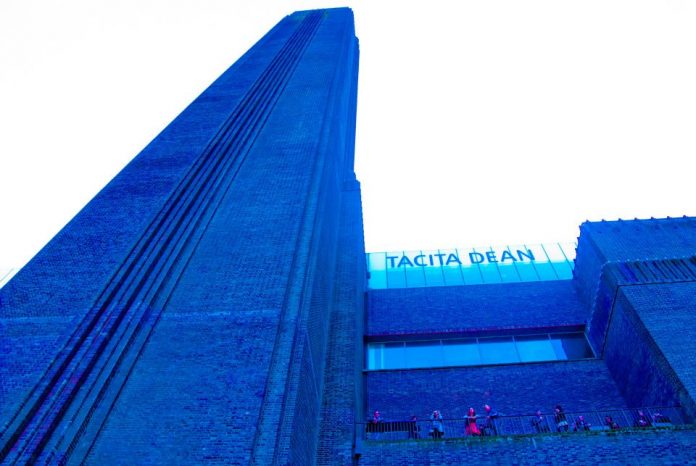Tate Modern Museum London ,on the South Bank of the Thames in London is free. Some say the Tate Modern is fantastic, some, what a wast of space leaching on public money, they say have an open mind, basically meaning if you don’t like it your not open minded, and there lies the rub!
Top 5 according to the Guardian
Richard Serra: Weight and Measure (Tate Britain, 1992)
In the winter of 1992, the American sculptor installed two large blocks of forged steel on the floor of Tate. Two massive, imponderable blocks occupied an otherwise empty space. Set at a distance from one another (their weight of 35 and 39 tons supported beneath the floor), they created an almost living tension. I thought of them when Martin Creed has his runners traversing the same space in 2008, and when
Mark Wallinger’s State Britain was there in 2007. Serra’s work continues to weigh and measure everything that has been here since. The force field is still there.
Sigmar Polke: Join the Dots
Polke has had three big Tate shows, the last a retrospective at Tate Modern in 2014. This, the German artist’s first major UK retrospective, was a dizzying revelation of dots, devils, tea-towels, kitsch and capitalist realism. The best show Tate Liverpool has ever had.
Bridget Riley (Tate Britain, 2003)
A wonderful retrospective in Tate Britain’s top-lit galleries, this gave us the full measure of Riley’s talents, and the rigours and pleasures of a painter who is so much more than an Op Artist of the 1960s. Her late wall drawings were a revelation.
Doris Salcedo Shibboleth
The Turbine Hall commissions have delighted and confounded audiences ever since Tate Modern opened. From Juan Muñoz’s 2001 Double Bind to the forthcoming work by the brilliant Philippe Parreno, the Turbine Hall remains one of art’s great challenges. In 2007, Salcedo dug a crevasse the length of the Turbine Hall, a great fissure with a resounding presence. Shibboleth was a gesture that felt as baroque as it was minimal, leaving its scar, and an invitation, in the concrete to this day.






